Gravity Forms Pipe Add-On
$59.00 Original price was: $59.00.$0.00Current price is: $0.00.
- Very cheap price & Original product !
- We Purchase And Download From Original Authors
- You’ll Receive Untouched And Unmodified Files
- 100% Clean Files & Free From Virus
- Unlimited Domain Usage
- Free New Version
- License : GPL
- Product Version : 1.4.0
Last updated on : August 30th, 2024
DOWNLOAD NOW!
This and 3000+ plugins and themes can be downloaded as a premium member for only $15. Join The Club Now!Gravity Forms Pipe Add-On
The Gravity Forms Pipe Add-On is a powerful extension that integrates the Gravity Forms plugin with Pipe, a versatile CRM and project management tool. This add-on allows you to automatically create and manage Pipe records based on form submissions, streamlining your workflow and enhancing your project and client management processes. In this guide, we will delve into the features, benefits, setup process, and best practices for using the Gravity Forms Pipe Add-On.
What is the Gravity Forms Pipe Add-On?
The Gravity Forms Pipe Add-On connects your Gravity Forms with Pipe’s CRM and project management capabilities, enabling you to automate the creation and management of Pipe records from form entries. Whether you’re managing leads, projects, or client information, this add-on helps you keep your data organized and up-to-date.
Key Features of Gravity Forms Pipe Add-On
- Automatic Record Creation: Automatically create Pipe records based on form submissions, reducing manual data entry.
- Customizable Field Mapping: Map Gravity Forms fields to Pipe fields to ensure data is captured accurately.
- Conditional Logic: Use conditional logic to determine when and how records are created or updated in Pipe.
- Real-Time Updates: Synchronize form submissions with Pipe in real-time for up-to-date data management.
- Integration with Other Add-Ons: Seamlessly work with other Gravity Forms add-ons for enhanced functionality.
- Error Handling: Monitor and handle any issues that arise during data transfer to ensure data integrity.
Benefits of Using Gravity Forms Pipe Add-On
1. Streamlined Data Management
Automate the process of creating and updating Pipe records based on form submissions, eliminating the need for manual data entry and reducing errors.
2. Enhanced Workflow Efficiency
By integrating Gravity Forms with Pipe, you streamline your workflow, ensuring that important data is captured and managed efficiently, allowing your team to focus on more critical tasks.
3. Customizable Integration
Customize how form data is mapped to Pipe fields to ensure that records are created with the relevant and accurate information. This flexibility allows you to tailor the integration to meet your specific needs.
4. Real-Time Data Synchronization
Keep your Pipe records up-to-date with real-time synchronization from Gravity Forms submissions. This ensures that your CRM and project management data reflect the most current information.
5. Improved Data Accuracy
Reduce the risk of data entry errors by automating the record creation process. This leads to more accurate and reliable data in your Pipe CRM and project management system.
6. Conditional Record Handling
Implement conditional logic to control when and how records are created or updated based on specific form responses. This targeted approach ensures that your records are managed effectively.
How to Set Up the Gravity Forms Pipe Add-On
1. Install and Activate the Add-On
Start by downloading the Gravity Forms Pipe Add-On and uploading it to your WordPress site.
- Installation Steps:
- Log in to your WordPress dashboard.
- Navigate to Plugins > Add New.
- Click Upload Plugin and select the downloaded add-on file.
- Click Install Now and then Activate the plugin.
2. Obtain Pipe API Credentials
To connect Gravity Forms with Pipe, you need API credentials from Pipe.
- Steps to Obtain API Credentials:
- Log in to your Pipe account at the Pipe Developer Portal.
- Navigate to the API settings to generate an API key or token.
- Copy the API credentials for use in the Gravity Forms Pipe Add-On.
3. Configure Pipe Settings in Gravity Forms
Access the Pipe settings within Gravity Forms and enter your API credentials to establish the connection between Gravity Forms and Pipe.
- Configuring Settings:
- Go to Forms > Settings in your WordPress dashboard.
- Select Pipe from the list of add-ons.
- Enter the API key or token obtained from Pipe into the appropriate fields.
- Save your settings to apply the changes.
4. Create a Form for Pipe Record Submission
Design a form in Gravity Forms that will be used to capture data for Pipe record creation.
- Steps to Create a Form:
- Go to Forms > New Form.
- Add fields to the form, such as text fields, dropdowns, and checkboxes, according to the data you need to capture.
- Configure field settings and labels to align with your Pipe record fields.
- Save your form.
5. Configure Pipe Action in the Form
Set up the Pipe action within the form to specify how form submissions should be processed into Pipe records.
- Configuring Pipe Action:
- Open the form you created in the form editor.
- Navigate to Settings > Pipe.
- Configure options such as field mappings, record types, and conditional logic.
- Save your settings to complete the configuration.
6. Test the Integration
Before going live, test the form to ensure that Pipe records are created or updated correctly based on form submissions.
- Testing Steps:
- Submit a test entry through your form.
- Check your Pipe account to verify that the record has been created or updated.
- Review the record details and ensure that the data matches the form submission.
- Make adjustments as needed based on test results.
7. Monitor and Manage Pipe Records
After launching your form, monitor the Pipe records created or updated through form submissions and manage them as needed.
- Monitoring and Managing Records:
- Log in to your Pipe account to view and manage records.
- Review data for accuracy and completeness.
- Adjust form settings or record mappings based on feedback and performance.
The Importance of GPL WordPress Plugins and Themes
Understanding GPL
The General Public License (GPL) is a free software license that allows users to freely use, modify, and distribute software. Many WordPress plugins and themes, including the Gravity Forms Pipe Add-On, are released under the GPL.
Benefits of Using GPL WordPress Plugins and Themes
- Cost-Effective: GPL software is often available for free or at a lower cost, making it accessible to a wider audience.
- Customizable: Users can modify and adapt GPL software to meet specific needs, providing greater flexibility and control.
- Community Support: GPL plugins and themes benefit from a strong community of developers and users, ensuring ongoing support and updates.
Why Choose GPL WordPress Plugins and Themes?
Choosing GPL-compliant plugins and themes ensures that you have full control over your website’s functionality and design. It supports a collaborative and community-driven approach to development, fostering innovation and reliability in the WordPress ecosystem.
Conclusion
The Gravity Forms Pipe Add-On is a valuable tool for integrating Gravity Forms with Pipe’s CRM and project management capabilities. By automating the creation and management of Pipe records based on form submissions, this add-on enhances workflow efficiency, improves data accuracy, and provides customizable options for record management.
Implement the Gravity Forms Pipe Add-On to streamline your data management processes, optimize project tracking, and improve client and project management. Enjoy the benefits of seamless integration between Gravity Forms and Pipe, and leverage the power of automation to achieve better results in your business operations.
Be the first to review “Gravity Forms Pipe Add-On” Cancel reply
Related products
Gravity Forms
Gravity Forms
Gravity Forms
Gravity Forms
Gravity Forms
Gravity Forms
Gravity Forms
Gravity Forms


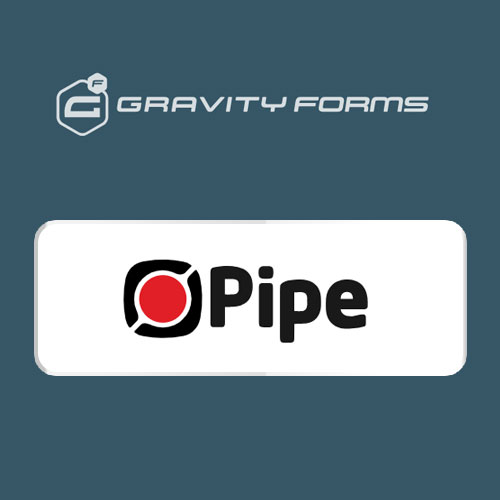


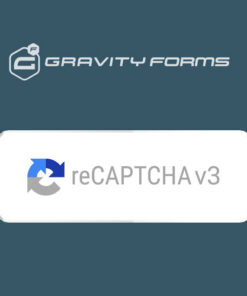
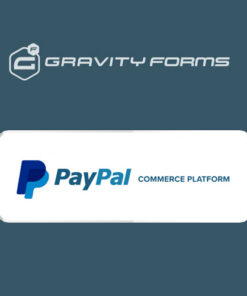
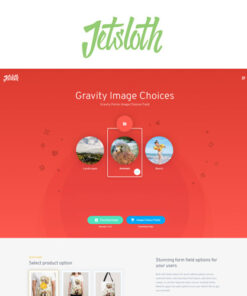
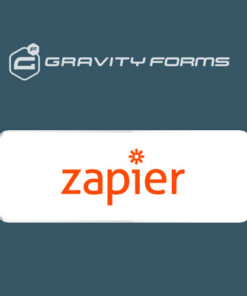

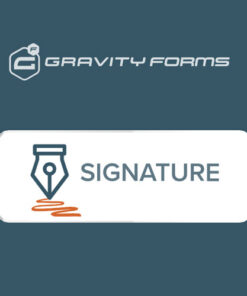
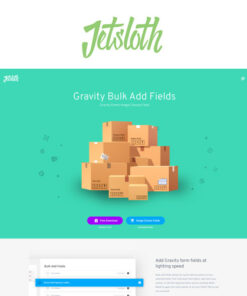
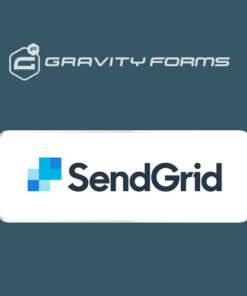
Reviews
There are no reviews yet.